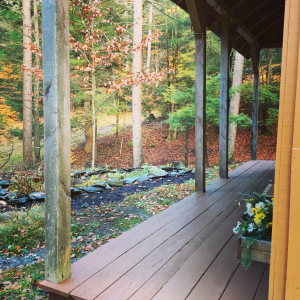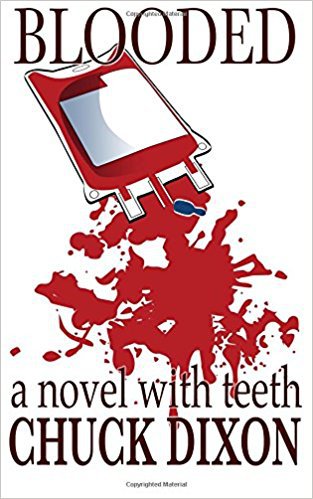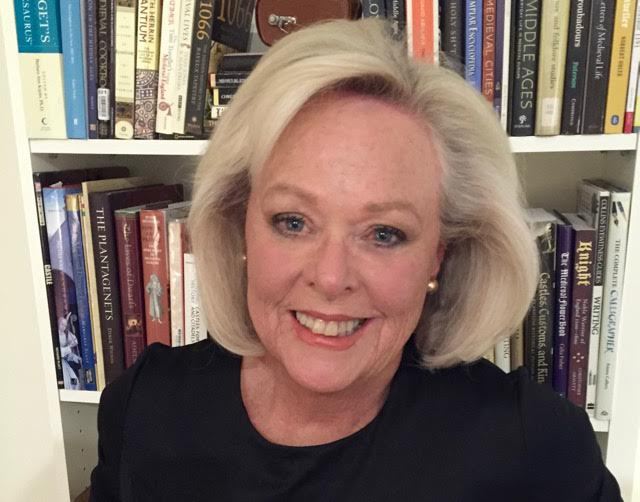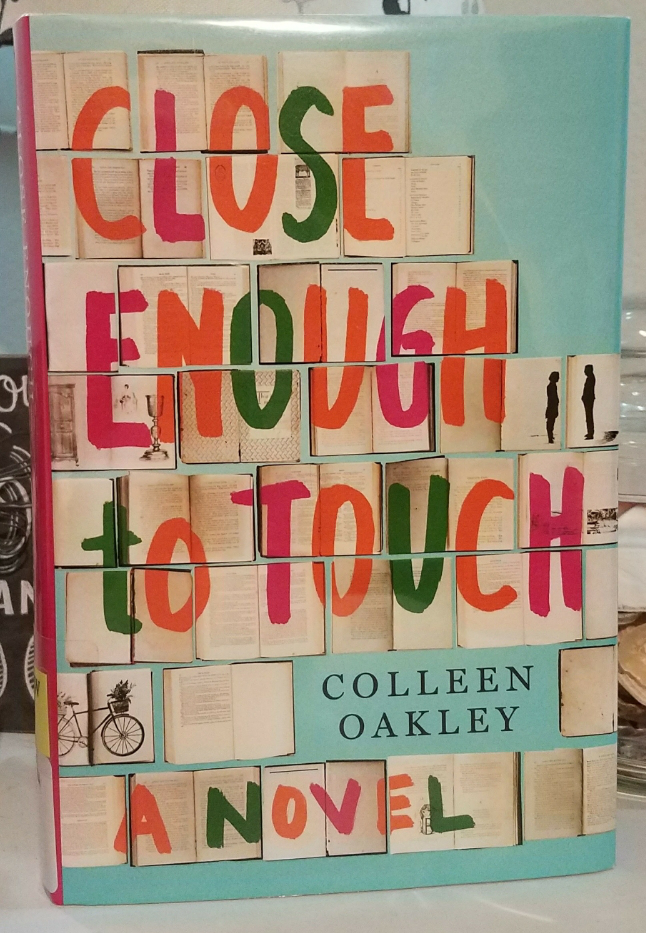As a way to gauge the attitudes of my sophomores with regards to war, killing, violence, etc., I conducted a “four corners” exercise. Students love doing this because they get to stand, move around the room, share their beliefs, and “debate” (their word, not mine–lol). So the basic set up is that the four corners of the room represent: Strongly Agree, Strongly Disagree, Somewhat Agree, and Somewhat Disagree. I dubbed the center of the room Switzerland–neutral. Before we started the exercise, students had to write for a few minutes about how they would complete the following sentence stem:
“We should invest our blood and treasure when…”
They asked what the word invest meant. They wanted to what we were investing in. They had lots of questions. But I explained that they would be the ones to determine the answers–what would they bleed and pay for, what would they be willing to die and lose everything for? This short writing served as an initial exploration of the concepts we will be reading about in the next few weeks–and for the day’s exercise.
During the “four corners” exercise, I read a series of statements. When I read a statement, students move to the corner of the room that best represents their level of agreement or disagreement with the statement. I purposely ask provocative questions and I do not provide any answers–only more questions that ask them to think about their answers.
For example, the first statement in each class was, “Killing another human is sometimes a justifiable act.” In only one class did I have any that strongly disagreed with that statement–self-proclaimed pacifists (they didn’t know the word at the beginning of class, but did by the end of class). Most students cited soldiers in war and self-defense as justifiable situations in which one could kill another human being. What eventually became evident was that none of my students wanted to fight in a war or serve in the military. They all admired those that do fight and serve but are unwilling to spill their own blood and treasure in a U.S. led war effort.
At the end of the exercise, we reviewed some key vocabulary terms–like conscription, deferment, draft, pacifism, etc.
Then I introduced them to my grandfather and my son’s grandfather (his dad’s dad)–both were WW2 veterans. I shared a few of their pictures and diary entries and discussed how men in this era spent a lot of time recording their histories because they wanted to leave something of themselves behind in the event of the worst outcome. Both men survived the war. But my grandfather died at a young age–40. My son’s grandfather died earlier this year at age 97, the same age as Louis Zamperini when he died in 2014. I wanted to drive home that the story we would start reading tomorrow would be a real story from a real man who lived his life here in our town.
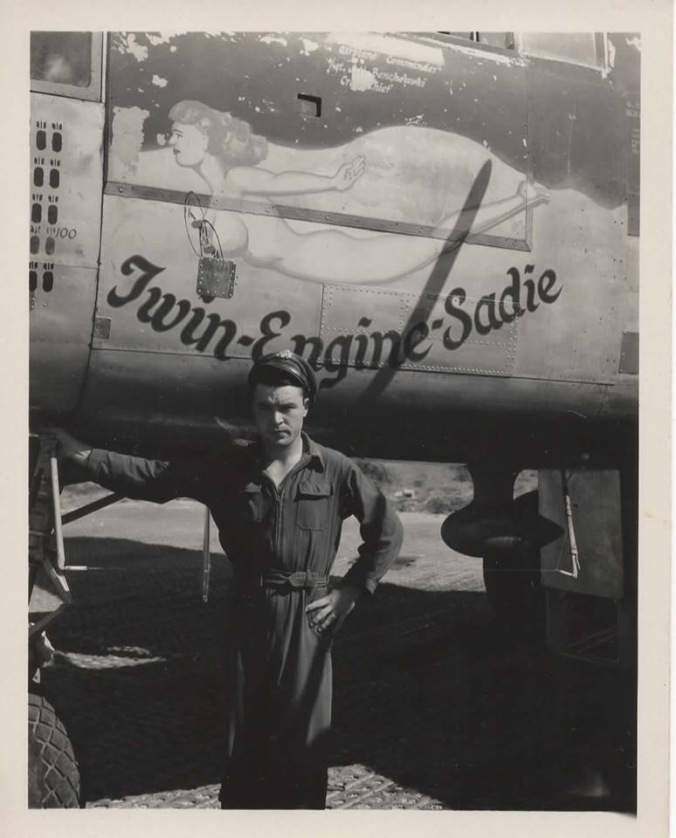
My grandfather, WF Autrey, with his B-25 Mitchell in Sicily, 1944.
“The White Cliffs of Dover” by Vera Lynn
“War (What’s It Good For)” by Edwin Starr
Advertisements Related
